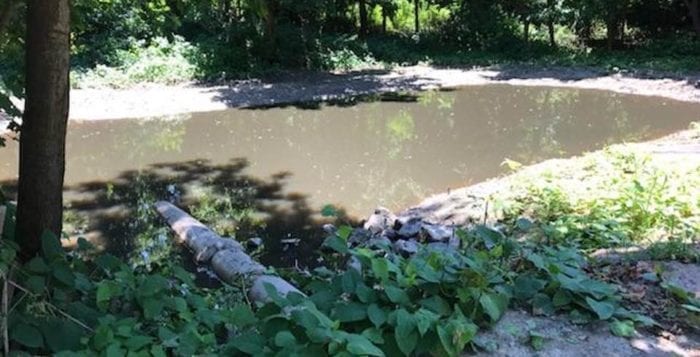By Herb Herman
“The charmed ocean’s pausing, the waves lie still and gleaming, and the lulled winds seem dreaming,” wrote Lord Byron, an 18th-century British poet.
Yet is our ocean, in which scientists estimated in 2014 that there are 5.25 trillion pieces of plastic debris, still charmed? Of that, 269,000 tons float on the surface, while some 4 billion plastic microfibers per square kilometer litter the deep sea. The United Nations estimated in 2006 every square mile of ocean contains 46,000 pieces of floating plastic. According to a University of Georgia study, about 19 billion pounds of plastic trash winds up in our oceans each year.
Durability is one of plastic’s chief properties, which is the reason plastics present a seemingly endless threat to the marine environment. And the oceans are not the only repository of pollutants. Approximately 40 percent of the lakes in America are too polluted for fishing, aquatic life, or swimming. More than 1 million seabirds and 100,000 sea mammals are killed by plastic pollution every year.
One of the main culprits of this high level of ocean, lake and river pollution is from industrial sources, an abundant source of plastics in various forms. Further contributors to pollution are municipalities’ garbage, a significant quantity of which ends up in our waterways. But boaters are not by any means innocent. Virtually all boaters have plastic bottles, Styrofoam cups, plastic wrappers and more onboard. Much of this detritus finds its way overboard instead of into designated garbage bags, which should be removed when departing a boat. Remember, plastics are not degradable. And while plastic bags and other items may be labeled as biodegradable, in most cases they will only break down at temperatures over 50 degrees Celsius, a temperature not normally reached in the ocean.
Hurricane Irma resulted in an enormous number of fiberglass boat wrecks in the Florida Keys. In an effort to clean up after the hurricane, many of the boats were crushed, giving off fiberglass particulates. This airborne pollutant made many people ill, to the extent that a number of residents had to be hospitalized. There is no acceptable way to recycle fiberglass, although means for doing just that are widely sought.
Further, plastic microparticles less than 5 millimeters in size, have shown up in the stomachs of marine life. These particles can be consumed by humans, causing still not clearly understood health problems, although it is believed these toxins can cause cancer and stunt the growth of fetuses. The U.N. has further recognized the possibility of these plastic microparticles acting as vehicles for transporting diseases such as Zika and Ebola from animals to humans.
So, you might ask, why bother us, the boating public with these lectures about keeping the trash in the boat and disposing of it responsibly? It might seem that boats contribute a marginal amount of pollution. However, for example, during an average summer, Port Jefferson Harbor has almost 600 resident boats and some 6,000 transients and is a busy cruising destination from May through October. One can imagine the amount of plastic pollution this number of boats could contribute to this beautiful body of water.
“Take it with you” should be emblazoned on all boaters’ minds.
Herb Herman is the public affairs officer for the USCG Auxiliary Port Jefferson Flotilla 014-22-06. He is a distinguished professor emeritus at Stony Brook University.

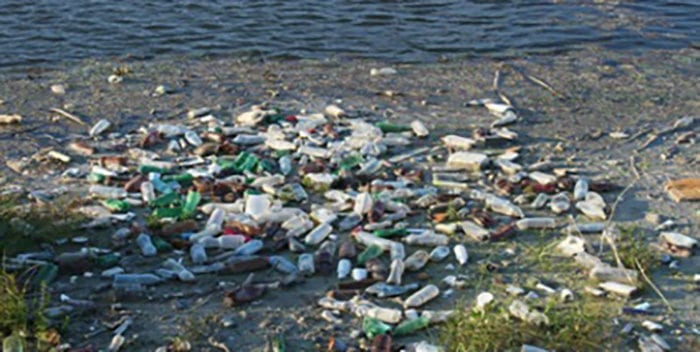

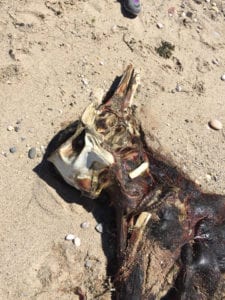


 The deepest and oldest of aquifers (the Lloyd) is small; water is being withdrawn from it, resulting in salt water intrusion in the Sound and Great South Bay. Although surface waters require nutrients, such as nitrogen, to support healthy ecosystems, excessive nitrogen can cause aquatic weed growth that draws oxygen from the water, producing “dead zones” where dissolved oxygen levels are so low that aquatic life cannot survive.
The deepest and oldest of aquifers (the Lloyd) is small; water is being withdrawn from it, resulting in salt water intrusion in the Sound and Great South Bay. Although surface waters require nutrients, such as nitrogen, to support healthy ecosystems, excessive nitrogen can cause aquatic weed growth that draws oxygen from the water, producing “dead zones” where dissolved oxygen levels are so low that aquatic life cannot survive.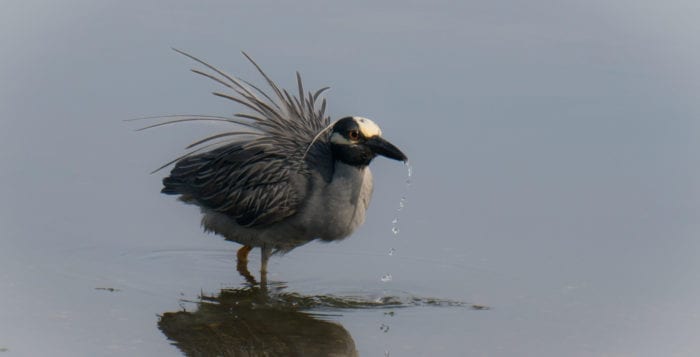



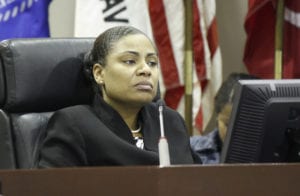
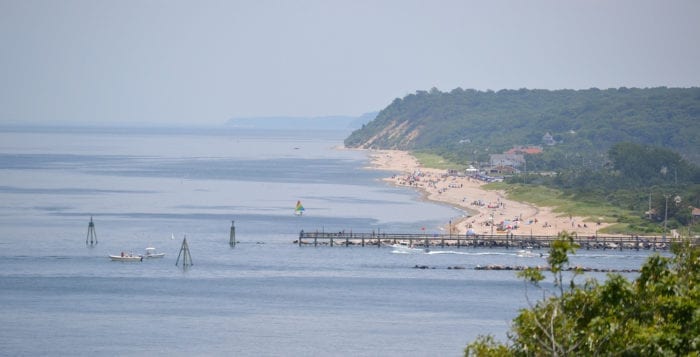
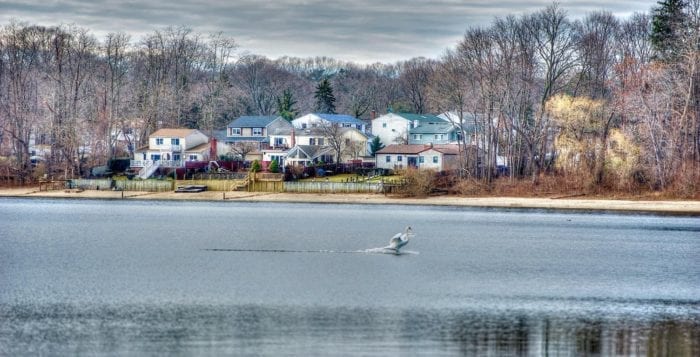




 While the exhibit is named Scenes of Lake Ronkonkoma, Weingartner said it encompasses a range of subjects, including sports and landscapes from other parts of Long Island, including Port Jefferson and Belle Terre. More than 75 framed 8-by-10 prints are on display. His favorite photo features Lake Ronkonkoma at sunset, with two birds and sunlight streaming down to the shore. All the photos were taken with a Nikon D600.
While the exhibit is named Scenes of Lake Ronkonkoma, Weingartner said it encompasses a range of subjects, including sports and landscapes from other parts of Long Island, including Port Jefferson and Belle Terre. More than 75 framed 8-by-10 prints are on display. His favorite photo features Lake Ronkonkoma at sunset, with two birds and sunlight streaming down to the shore. All the photos were taken with a Nikon D600.